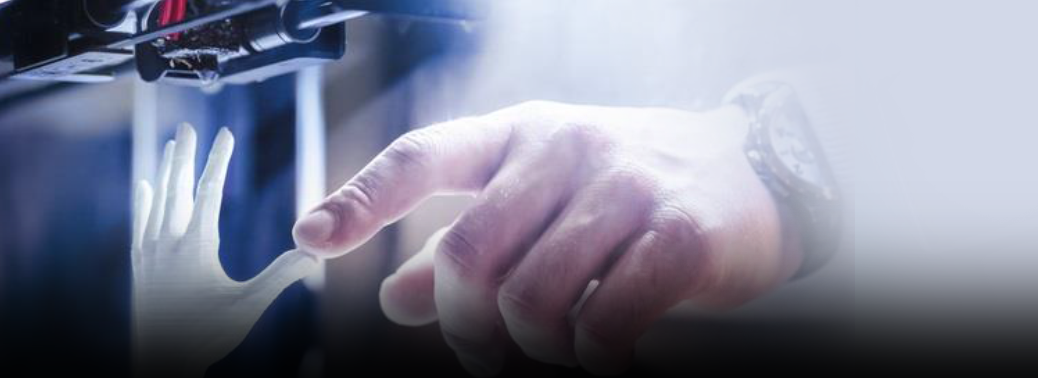IIT DELHI 3D PRINTS HUMAN SKIN
05, May 2019

Prelims level : Science & Technology
Mains level : Technology, Economic Development, Bio diversity, Environment, Security and Disaster Management
Why in News
- Researchers at the Indian Institute of Technology (IIT) Delhi have successfully 3D bioprinted human skin models
Details:
- 3D bioprinted human skin models that have certain
- anatomically relevant structural, mechanical and biochemical features similar to native human skin.
- The bioprinted skin produced in the lab by the team is already being used by ITC Ltd for experiments.
- The bioprinted skin model will have wide applications in testing cosmetics. It can also reduce and probably even replace testing on animals
- It can also be used for testing dermatology drugs on human skin and at a future date even help in testing drugs for personalised medicine.
Testing on animals:
- The European Commission has prohibited testing finished cosmetic products and cosmetic ingredients on animals.
- It even prohibits marketing of finished cosmetic products and ingredients in the European Union.
- The skin is composed of two important layers — the inner dermis (made of fibroblasts) and the outer epidermis (keratinocytes, melanocytes).
- The junction between the two layers is not flat but is undulatory or wavy.
- The undulatory morphology is important as it provides biochemical cues and mechanical support to the epidermis layer, provides structural stability to the skin by making the two layers adhere to each other, and not allow cells to cross the junction.
- Unlike the currently available tissue-engineered skin equivalents, the team was successful in creating this wavy junction in the bioprinted skin model.
No shrinkage
- The bioprinted skin also retained the original dimension without any shrinkage for up to three weeks. Traditionally, collagen used for developing skin constructs start shrinking within a few weeks thus affecting the morphology. gene and protein expression analysis showed 60% similarity in gene expression between bioprinted and native skin.
BioPrinting:
- Bioprinting is an extension of traditional 3D printing.
- Bioprinting can produce living tissue, bone, blood vessels and, potentially, whole organs for use in medical procedures, training and testing.






